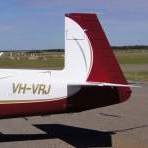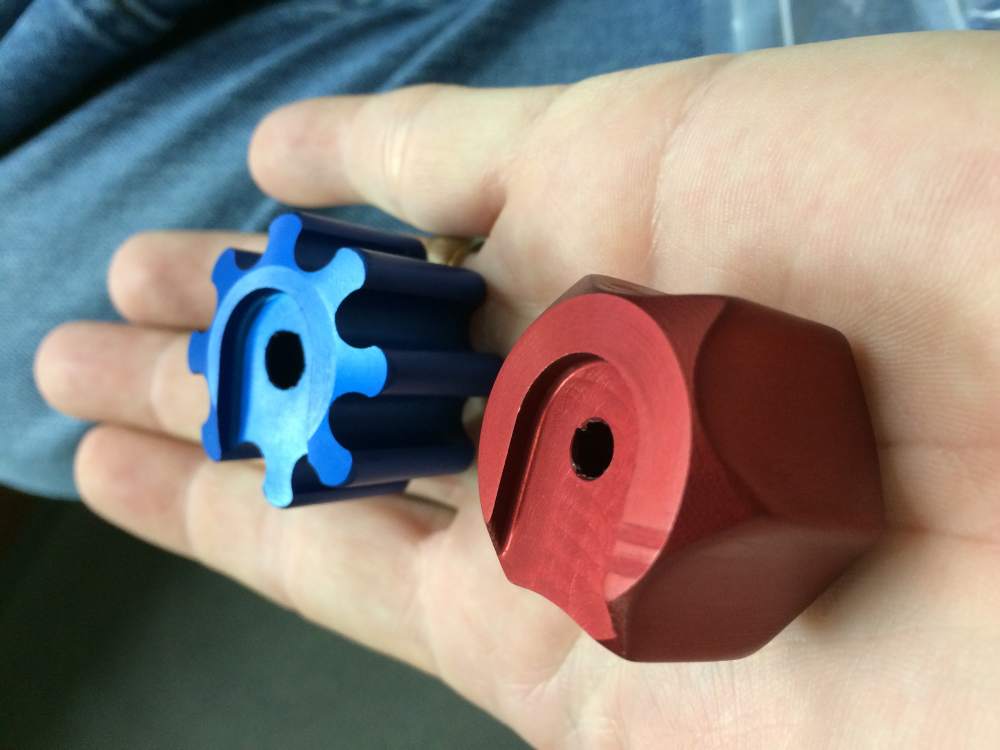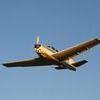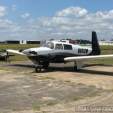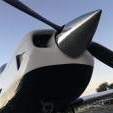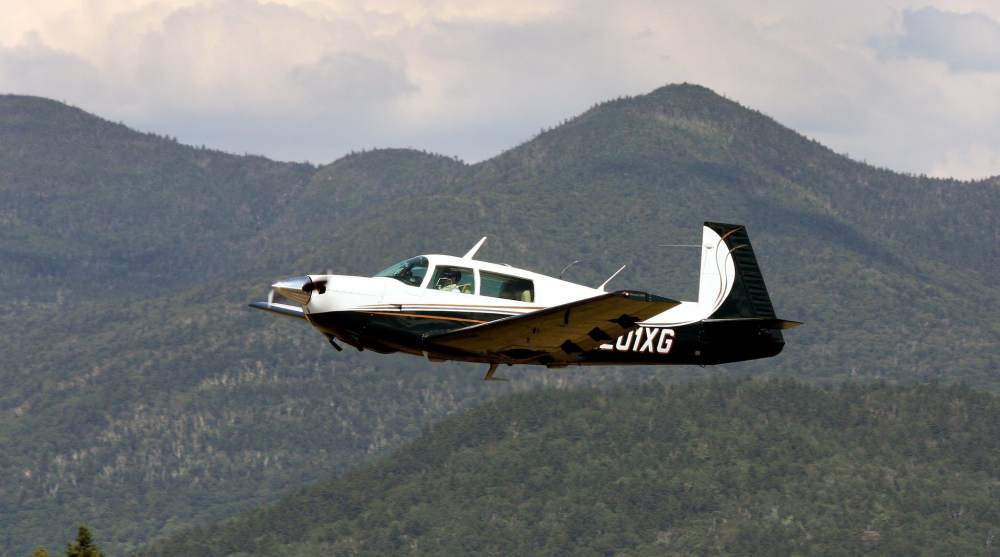Leaderboard
Popular Content
Showing content with the highest reputation on 04/11/2018 in all areas
-
5 points
-
3 points
-
They reduce spanwise loading. Since the bending moments are changed, the aircraft can carry that fuel at the tip for free since it doesn’t increase the load on the center section. Its similar in effect to reducing wingspan.3 points
-
While I do not have any empirical data to share to validate this other than observations, race car engines typically let go at power reductions. Granted, these are highly stressed vs our ol tractor motors. Have I mentioned air cooled internal combustion engines are the work of the devil? What I preach (teach) is keep those money knobs all forward until after the kill zone at Vy. Kill zone = <800' AGL Then I suggest keep them all forward except mixture (for NA engines) until cruise altitude (exception 231 and other turbos...for example, Ill reduce the Bravo to 34 mp for cruise climb) Your POH is a friend here3 points
-
I recently sent my 3 blade Hartzell out for inspection and reseal. They statically balanced as part of their service. They suggested I dynamically balance when it got remounted which I just completed. I was completely blown away what a difference this made. I literally can put a glass of water on my dash and there would be no movement. Best $340 I ever spent. Sensenich prop at KLNS (Lancaster) did the work and takes 1-2 hours. Great restaurant next door too. Sent from my iPhone using Tapatalk2 points
-
2 points
-
2 points
-
I have since done so. I simply posted way back when and haven't been following the thread much. I missed that sign up thing. I did it this morning though.2 points
-
I always try to reduce or increase power in any situation very smooth and slowly. I’ve flown with pilots who make quick power adjustments and some who make smooth slow power transitions. My first flight instructor who had some 26,000+ hours would jam the power in on touch and goes in the 172. In her career she has had one engine failure due to an improperly installed helicoil for one of the spark plugs. Personally, without imperial data, we should adjust power smoothly if at all on takeoff. The crankshaft, cams, cylinders, prop, and all other moving parts have a ton of inertia that is affected highly with adjustments of power. I like to get everything up to operating temperature as well before takeoff. Having an engine that is cold being asked to pull my 2740 pound aircraft up into the sky is putting a lot of strain as those parts warm up and are pounded on. I don’t know the stats on this but just seems to make sense to me. Also, MX, engine monitor, and if something just “ain’t right,” don’t go.2 points
-
Is your engine "loping"? http://www.donmaxwell.com/publications/MAPA_TEXT/External_Hoses/External_Hoses_Tubes.htm "Lycoming powered, fuel injected Mooney’s, share a distinctive, “loping” sound at low power settings during taxi and idle operation. The loping sound is caused by system leakage at the induction drain valve. A small amount of “lope” is normal. Excessive “lope” can be cured by removing the drain valve hose at the drain fitting and spraying the inside of the fitting with Tri-flow, corrosion X or solvent. Fuel dye and oil cause the ball to stick and not seal properly causing rough low rpm engine operation."2 points
-
2 points
-
I certainly don't mean to be insulting to you or anyone else here. I should probably impose a "no posting after mid-night" rule on myself. This community truly is such a wealth of information and what I've learned from all of you has been priceless. I certainly understand different missions, different budgets, and different priorities. But it's painful to see so many on this forum who have passed up the $45K Mooney in favor of a $35K Mooney that has good bones and are now trying to figure out how to upgrade or even just replace/repair simple things like radios, autopilots, gps, etc. and come to the painful realization that it will cost $20K - $30K to do it.2 points
-
I would caution against using the seat back as a hand rail. The steel Mooney seat frames are not the most robust things.2 points
-
Me too - the Bose QC20 - at the non aviation cost of $250 - or I get em' used (as new) on eBay for $175 I think. LOVE em! I use them whenever I travel commercial, any flight long enough that they show you movies and I do arrive just that much more refreshed from sitting in a calm quiet environment. I have tested them in small GA piston prop environment and they work quite fine well enough and I was wondering why they didn't make it for aviation - and now they have. My 16 year uses them sometimes when he travels with me watching movies etc.2 points
-
In the above graph I would agree IF you are talking an RPM GOVERNED by throttle position (there by a lower manifold pressure). With RPM governed by LOAD (propeller control, no reduction on MP) I would disagree. The above chart shows no distinction. We need more data on the chart above.2 points
-
I think we're all in violent agreement here. There are lots of ways a pilot might be less safe than other pilots. There are lots of variables such as personality, attention span, hours per year, recency of experience, to basic hand eye coordination, etc. We're all different in ways that are out of our control. But I think we would all agree that training is good. And more training is better. And a pilot who holds an Instrument rating has had more/different training than one who hasn't. There are exceptions of course, someone might be VFR only but have hundreds of hours of formation training, or other training. But in general Instrument pilots have more training than VFR only pilots. Those of us who are instrument pilots understand that there seems to be a misconception that IFR pilots are flying in dangerous weather and shooting approaches to minimums and that is therefore inherently more dangerous. When in actuality, using myself as an example, I fly in IMC regularly. But I rarely, maybe once per year, get an actual approach that could even qualify for currency. I have to get my 6+1 under the hood just because as an amateur pilot I can't find enough "weather" to stay current in actual IMC. So the reality the vast majority of my flying is in very easy and safe weather, I'm just doing it with more training.2 points
-
I believe they are safer, but maybe not for the seasons some think. By virtue of obtaining an instrument rating they are safer (overall and generically speaking) simply because they've had formal, recognized and calibrated training that makes them more precise and with a greater knowledge base regarding many different aspects of piloting.2 points
-
Good idea. And rename it just for fun. TBM probably would work, would not infringe the Mooney trademark. Oh wait....2 points
-
I don't touch anything on the climb out, except the mixture when appropriate, until reaching top of climb (as espoused by Bob Kromer).2 points
-
1 point
-
I think the EA 100 has been problematic for owners who need them. Not sure what makes them different than the ACU. Sent from my iPhone using Tapatalk Pro1 point
-
1 point
-
Also wiggle the doors to ensure there is not slop in the linkage. Very common in older Mooneys. I ended up changing all the rod end bearings on mine gear doors. -Robert1 point
-
The required text is in your flight manual/poh. Here's a discussion that covers most of this topic:1 point
-
Some summarizing of thoughts..... Fire... Any spark plug info available? If AY has the Champion plugs, with the ever increasing resistance... This could be a cause of a dying plug. Air... Excess air can be leaking in causing fuel ratios to become burning challenges... Sniffle valve and intake seals, air leaking into the fuel system... (blue stains anywhere like the selector valve?) Fuel... Flow divider issues. How long since OH, anything on the fuel screen? Data collection... Get the JPI set on the fastest data collection speed possible. Older JPIs may only go to 2 seconds, newer are 1 second(?) Get the missing EGT operating. What killed the sensor may be related to the problem. The sensors live in a crummy environment. Excessive heat and exhaust chemistry can be a challenge to their metal. TITs have this as a common challenge. EGTs not so much... Procedure... There is a procedure outlined on the Savvy site to best collect data, I believe... When performing the run-up it uses an extended time on each single mag test to allow for the usual EGT rise that comes with the single mag operation. Back to both for the EGTs to return to the lower position... The engine monitor is the best tool we have for diagnosing the cause of some pretty weird engine characteristics... The log books is a pretty good tool to find out when something has been changed, OH’d or neglected.... Best regards, -a-1 point
-
When you fly, the wings produce lift upward. That puts tension on the bottom of the wing and compression on the top of the wing. Weight from tip tanks act downward. That puts tension on the top of the wing and compression on the bottom (opposite of lift). So the weight on the tip offsets some of the forces created by lift, thus reduce stress on the wing during flight. If you were to plot the stresses during flight, you should actually see a downward stress (tension on top) starting at the wingtip but decreasing as you move toward the fuselage. At some point inboard of the tip there would be no stress on the wing. Inboard of that, the stress goes back to normal (tension on the bottom) but at a reduced level.1 point
-
It will be close. Last year the Mooney Caravan flew in with 51 Mooneys. Of course, getting 50+ Mooneys on the ramp is one thing, getting them all in the air in formation is a totally different animal.1 point
-
Running peak is ok if you are below 65 percent power. 24 squared is in the 75-80 percent power range and I would think 80-100 ish ROP might be a little better. The JPI looks great.1 point
-
The only concern with the "sweep" idea is that it blocks CO less well (the original Mooney Boot back from the 60's actually had a rubberized coating on the bottom side apparently for that reason) and it could also let small objects fall through it. Sheep and Goat leather are surprisingly stretchy and more durable than euroleather. John Breda1 point
-
I had the same conversation with the guy who wrote the 310hp STC... What the IO550 is approved for in other applications is incredible continuous hp... Where we run into challenges is not enough FF to keep the chts cool. There is plenty of discussion for FF changes to do that too... Best regards, -a-1 point
-
I rode on United 139 times last year and 35 times so far this year. But never without my Bose QC20's. I even carry a spare set. But they don't work at all in the Mooney. I like Bose but these wouldn't come close to displacing my QT Halo's with the custom ear molds. The Halo's are also the best option when wearing a mask up in the flight levels.1 point
-
Bucko and I are going to fly formation tomorrow. Mating his E with my 252 will require definite and deliberate power changes during takeoff, climb, and flight, just to stay in formation. We'll run full rich and full rpm, but working the throttle pretty good. Neither of our engines seem to mind.1 point
-
all interesting facts, but I doubt I am going to be using a Microsoft surface tablet running foreflight more often than an ipad in the cockpit.1 point
-
If I wasn’t 1,400nm to the east I would fly in with you! Someone should step up. A beautiful F, good company, and a Mooney fly-in.. The makings of a great day. Cheers, Dan1 point
-
They all happened within a few months of owning my airplane, which had some history of neglect, or "deferred maintenance" as some might say, and bad decisions by maintainers/inspectors that I think were contributing factors. Once the issues were fixed it has turned into a very nice little bird. I knew going in there'd be issues as I bought it as a fixer-upper. It was a little more adventurous than I'd anticipated, but the experience has actually been very good. Traffic Pattern Altitude. I hadn't heard it before and when I was getting current again a couple of years ago my CFI used it and I had to ask.1 point
-
I'm looking forward to seeing pictures of that! That may be more than you see together at OSH.1 point
-
1 point
-
It is Spring in Texas, so the weather can change fast. Saturday’s forecast for Redbird is wind out of the Northwest 15-20, gusting to 35. Since one of the things we do in Texas is ride bucking bronco’s, maybe some of you will be accustomed to it.1 point
-
This is about 2.5 years too late. One of the deciding factors why I 86’d my 430s with FS 210 and switched to Avidynes was because Garmin only allowed FlightStream to work with Garmin Pilot and ForeFlight and I’m a Wing X and FlightPlan Go user. However, I’m very happy I made the switch to Avidyne and don’t miss my Garmins at all.1 point
-
I did the same thing about a year ago with a lender: about $500-$600 in fees to close but that covered all the AeroSpace reports, title search and lender fees. There was then no fee for pre-payment or early payoff and my interest was 4.75%. This was not with US Aircraft Finance - tried them but the prepayment penalty swayed me away. I ended up using: Patrick Fallon Dorr Aviation Credit Corp., LLC Toll Free - 800-214-0066 www.dorraviation.com They are able to finance in-house and write the loan directly on the lender's paperwork. Super easy transaction.1 point
-
That was the way I learned as well. After reading that these engines are designed to run at full throttle/RPM to TBO, I started leaving everything forward until I reached altitude. Sent from my iPad using Tapatalk Pro1 point
-
Quite honestly, it is challenging to find a plane that has been maintained, is equipped well and is cheap. I would not trade off condition & maintenance history for a new paint job or great avionics. First and foremost, the airframe needs to be solid and clean. Then you should be looking for evidence the plane has been maintained on a regular basis. After that it is looking for the stuff you want in a plane. And that is where the challenge is. If you find all 3, likely it is priced outside your price range. And maybe the right decision is to wait until you can afford more. Sent from my iPad using Tapatalk Pro1 point
-
That would be one of the worst things to do. On takeoff, you want to move the peak cylinder pressure to later in the downstroke to keep cylinder pressures and temperatures low. The 2 ways we have control to do that are (1) keeping the rpm high to have the burning mixture peak further in the downstroke and (2) running overly rich, which slows the combustion speed to have the same effect.1 point
-
I almost always end up talking to “high altitude” controllers in the FL’s. When dropping my Lancair off for final body work and paint my best friend was flying my Rocket down at 12k the bring me back home. We were never on the same frequency the whole trip except take off and landing. I DO feel much safer in the pressurized Lancair with a low cabin pressure alert in the FL’s than in the Mooney on O2. If I wasn’t near the end of my Mooney flying days I would research an affordable option for continuous O2 sat’s monitoring. We are clearly more at risk up high without some type of continuous monitoring of our safety up there. Tom1 point
-
Probably should note the models...I’d bet almost all turbo drivers fly IFR, and vintage would have the largest % of VFR.1 point
-
I did fail to address the "clean" wing concept. The 67-68 models (at least the E and F) had flush rivets up until the area where the air would be expected to separate from the wing and had flush inspection panels. This was changed in 1969 when many flush rivets were replaced by button head rivets to save cost and the flush inspection panels were replaced with surface mounted panels. These cost saving measures were reversed in the J models. John Breda1 point
-
1 point
-
1 point
-
If I were going to use my plane in IMC, I think I would be hard pressed to not have a NAV #2 because the first time I had NAV #1 go Tango Uniform in the soup, I would not be thrilled. When we consider the redundant items in our plane we have so we fly in IMC safely, I would prefer to skip the COM #2 before I skip the NAV #2. Even the Narco could get me to the ground safely. If I am carrying my family in IMC, it would not even be a question I would entertain.1 point

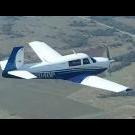


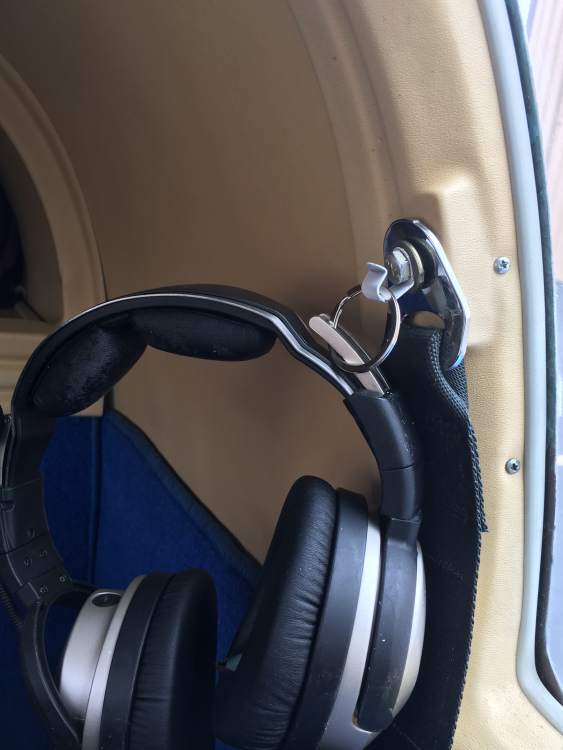
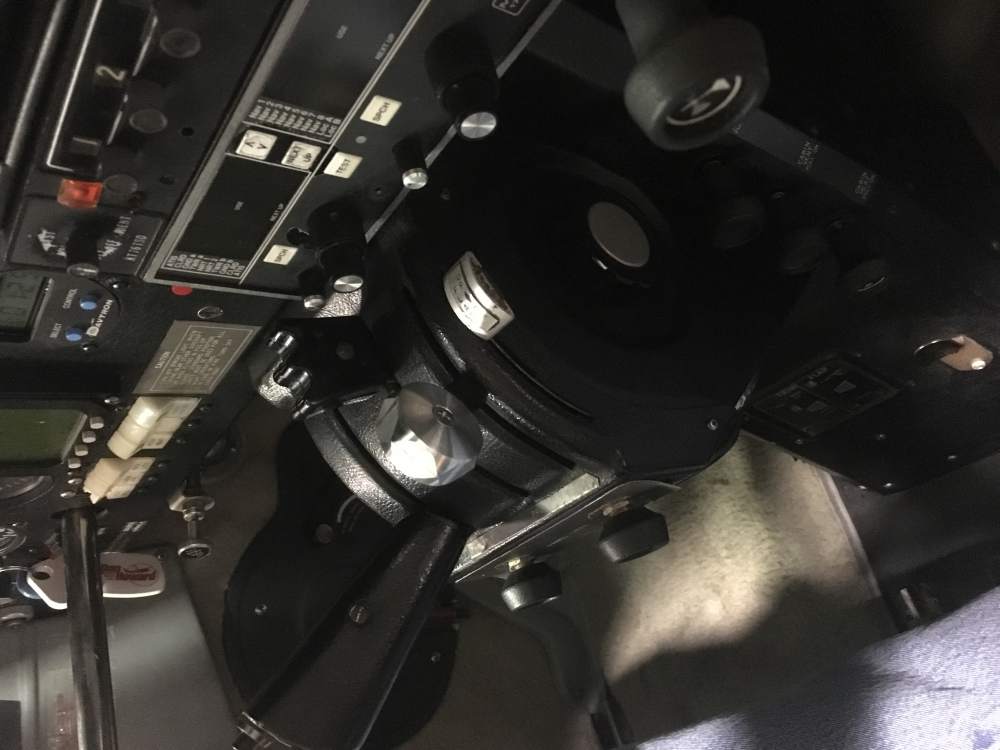
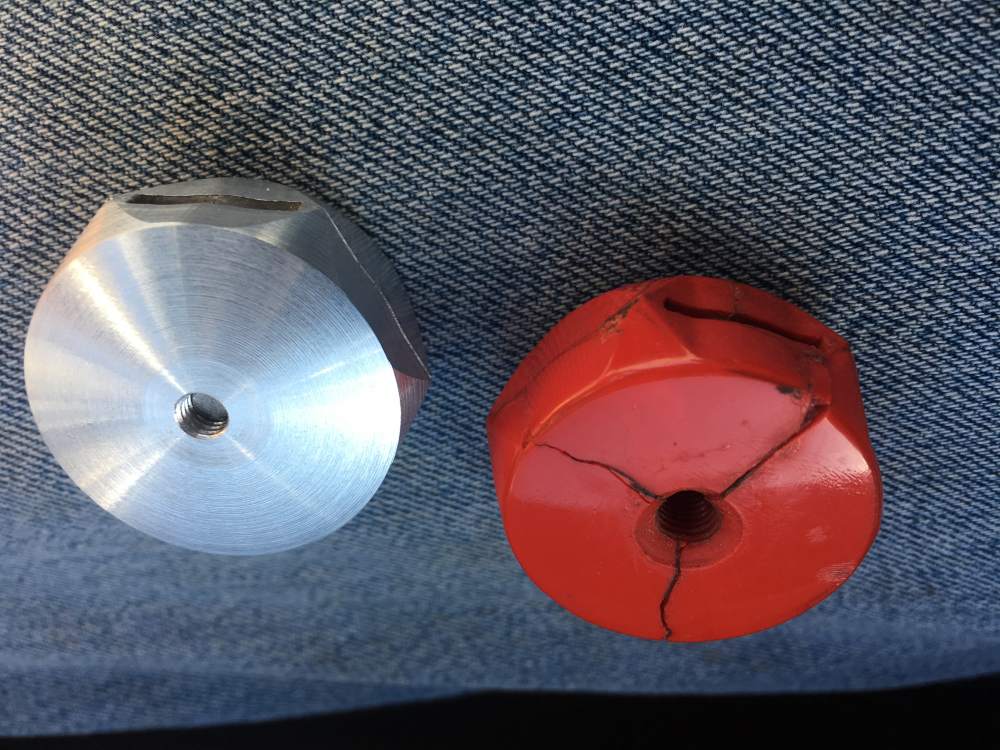

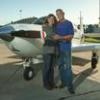
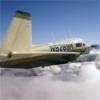

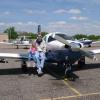
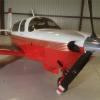
.thumb.png.7c67574d7b28f67b0b4a17760919b1ac.png)



